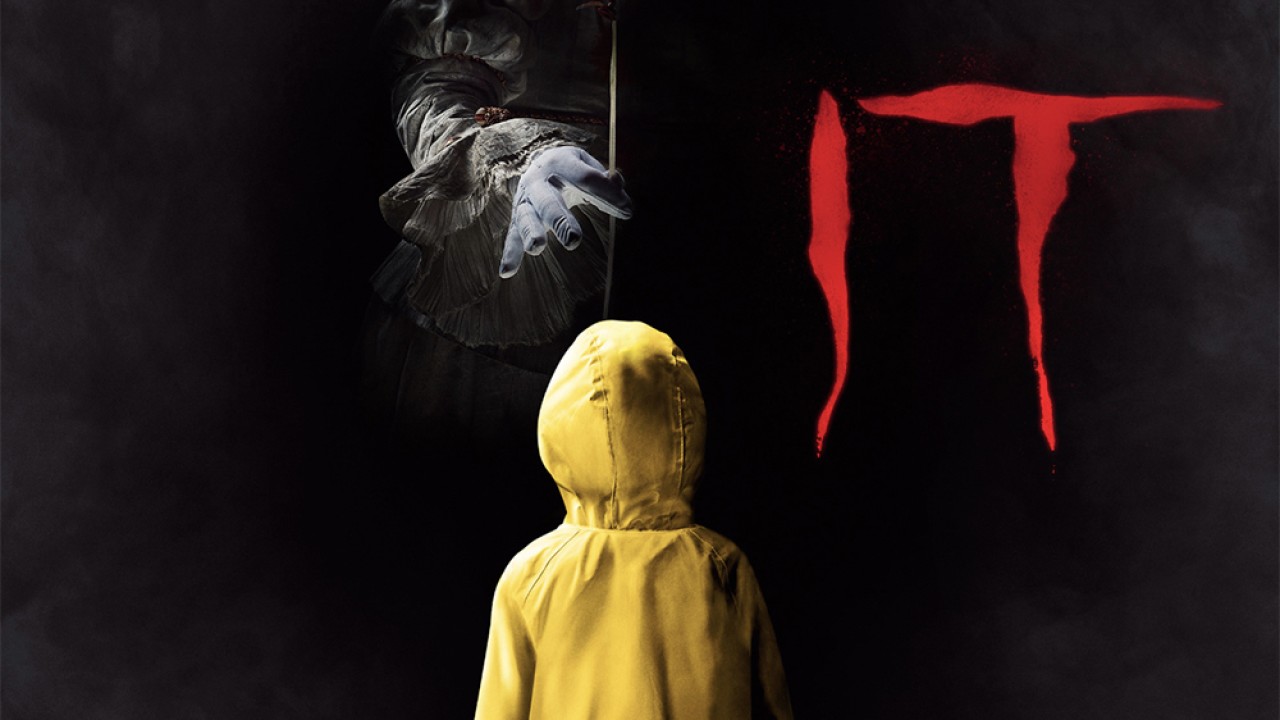The lockdown has led to a huge increase in watching movies and web series as a way of entertainment. With little socializing and fewer avenues of seeking enjoyment outside home, the number of people spending free time on their streaming platforms have increased manifold. One genre that has retained its position as an old time favourite is horror. Particularly when pandemic and the devastation that it has wrought has demonstrated how horror can manifest in real life.
Horror has been a consistently popular genre. Late night dorm parties, holidays and sleepovers and even midnight solo binge watching have chosen horror over other genres. So what really draws us to horror?
The first reason is entertainment of course. The thrills, the sense of danger and foreboding, the nail biting suspense, the anticipation, the edge of the seat excitement – and all of this without actual involvement or real danger to us. To be able to consume all of this without any bodily harm to oneself and experience the rush of adrenalin through vicarious viewing of danger is a delight it itself.
Psychology has long tried to make sense of allure of horror for viewers. An article in Psychology Today tries to understand the phenomenon. It cites a paper By Dr. Walters that argues that three factors that make horror alluring are tension (generated by suspense, mystery, terror, shock, and gore), relevance (that may relate to personal relevance, cultural meaningfulness, the fear of death, etc.), and (somewhat paradoxically given the second factor) unrealism.
More recently research has leaned towards understanding horror as a manifestation of our contemporary society, particularly the prevalent fears. Cultural historian David Skal argues that horror films reflect our societal fears. Hess, writing on the psychology of horror films elaborates, “Looking at the history of horror you have mutant monsters rising in 50s from our fear of the nuclear bogeyman, Zombies in the 60s with Vietnam, Nightmare on Elm Street as a mistrust in authority figures stemming from the Watergate scandals and Zombies again in the 2000s as a reflection of viral pandemic fears. But for as many horror cycles that fit the theory, there are many that don’t. And horror films work on a universal level crossing national boundaries while still working in different cultures.”
Another paper cited by the same article by Dr. Johnston elaborates that cognitive responses associated with horror watching range from fearfulness and empathy to sensation seeking. However the most popular theory associated with attraction with this genre relates to how frightening films become a way of purging negative emotions – a form of catharsis.
This is especially true for horror movies when evil gets punished in some form of other or when the avenging spirit is actually “good”. In many recent movies (spoilers) this theme has played out in varying degrees. Bulbbul plays on the trope of witch/goddess that avenges wrongs, protects women and girls and generally dispenses justice. Stree basing itself on urban legend, and part comedy, shows at the core of it a good feminist ghost that desires love and respect. Raaz, Pari, Bhoot and 1920 are also movies with female ghosts that show in some form or another a woman wronged and in search of revenge or closure. Similarly in Hollywood movies like Shutter, Carrie, The Ring etc. female ghosts have been aggrieved and are consequently unleashing their terror. Then there are horror movies where the ghost is completely benign – Ghost, The Sixth Sense, Phillauri etc. and these mainly use horror as a form of supernatural, tapping on the human urge to be able to connect to the afterlife, to be able to speak from beyond the grave.
However most horror movies personify evil in some form or other – ghosts, spirits, demons, witches, monsters, or even humans. This evil, can lurk in its core form or take shapes of children, women, near and dear ones or even elements of nature. The horror thus can also exist without being seen – Paranormal Activity, The Blair Witch Project etc. Thus perhaps what really attracts people to horror is to witness this evil that is often a manifestation of one’s own weaknesses and one’s own fears.
Recent movies have played on this theme. Bird Box shows a dystopian future where people confronted with their worst fears in form of malevolent entities kill themselves. The Babadook shows an entity that one has to contend with, like the evil within. Tumbadd plays on the theme of greed destroying people. It Follows shows an evil entity being transmitted like a sexually transmitted disease. The Wicker Man and more recently Midsommar show the horror manufactured through human deviance and evil it creates – in these cases cults and the dangers they represent. Some of these fears can be basic and commonplace like the ambivalence of motherhood or child rearing in Rosemary’s Baby or The Omen, the madness that unleashes in the form of domestic violence (The Shining); or these fears can be societal like the continual suspicion of women as manic or psychotic or possessed (The Exorcism of Emily Rose or Ek Thi Daayan).
None of these reasons however can fully explain the continual appeal of the genre. Horror does tap into something universal and primal within us all. We continue to revel in the shock and the relief that follows quickly after – like our childhood peekaboo. Horror occupies the tenuous space of something that is quite obviously unreal and constructed and yet something that always seems to lurk in our consciousness, beyond our rationality and day-to-day mundaneness. It is something that can manifest in moments of solitude, behind closed doors, while walking alone at night, in shadows and whisperings – always hanging there like a possibility, something unexplained and ubiquitous and symptomatic of our worst fears.


















